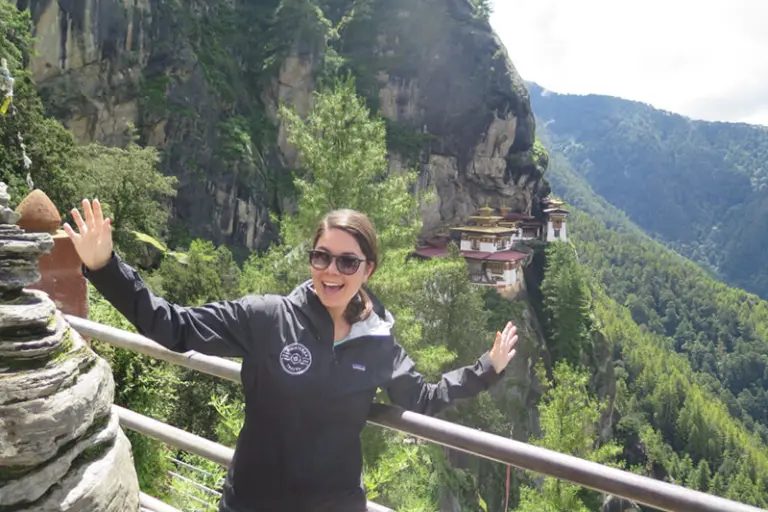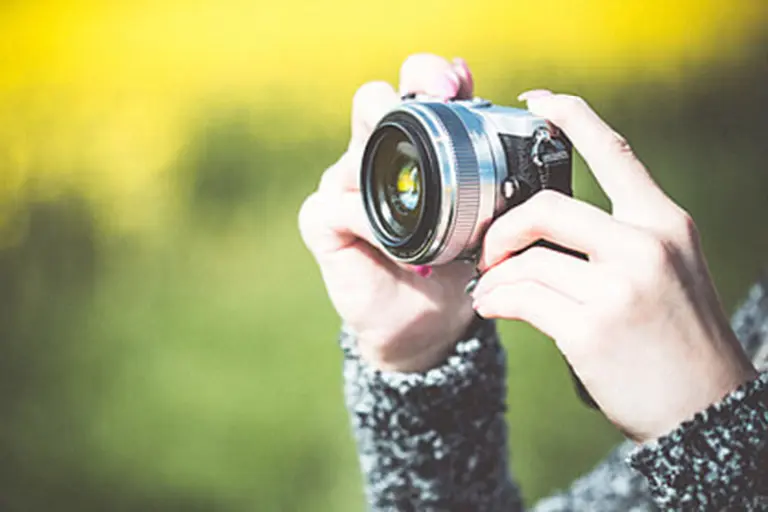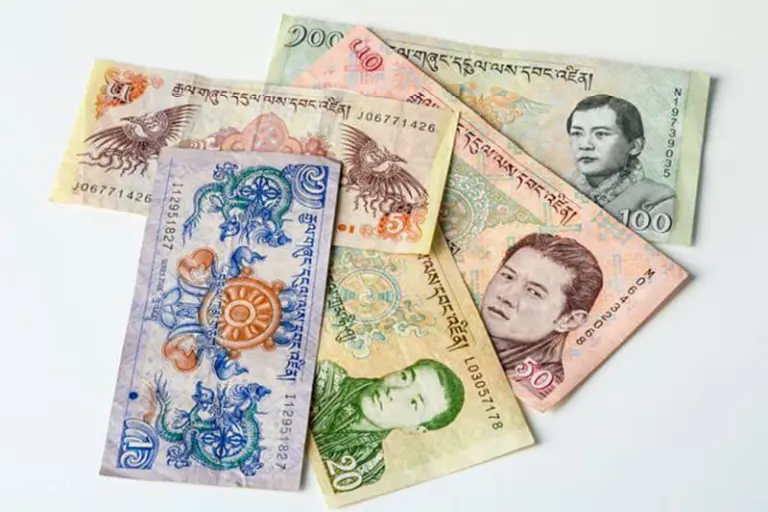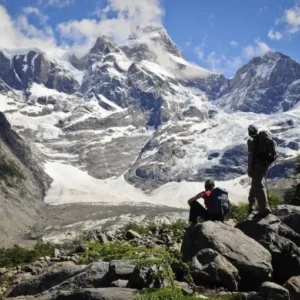Due to Bhutan’s unique travel regulations—requiring all foreign visitors to book through a licensed local tour operator—most essential services are already included in your tour package. This means travelers generally don’t need to worry about arranging everything themselves.
However, there are still a few personal essentials you should pack to ensure a smooth and comfortable journey. Below is a checklist to review before your departure.
Clothing for Bhutan
Clothes
Bhutan’s terrain is mostly high mountains, located in the Himalayas, so temperatures remain relatively low year-round compared to lowland areas. Whether you visit in winter or summer, it’s best to pack layered clothing, long sleeves, and waterproof jackets to keep warm.
In summer, daytime temperatures range from 24°C to 27°C, but can drop to around 12°C at night. A lightweight jacket will make evening explorations far more comfortable.

>> Traveling to Bhutan: What you need to know
Because many attractions in Bhutan are sacred Buddhist sites, women are advised to wear long trousers—not only for warmth but also out of respect. Men should also opt for loose, comfortable long pants.
Since you will be walking a lot, often on uneven mountain paths, pack a pair of sturdy, comfortable, and preferably waterproof shoes.
Sunglasses
A pair of sunglasses is essential to protect your eyes from dust, strong winds, and intense sunlight at high altitudes.
Hat or Cap
No matter the season, bring a hat or cap to shield yourself from sun and rain, and to prevent headaches caused by strong winds.
Sunscreen
Most tourist destinations in Bhutan are over 2,000 meters above sea level, where the thinner atmosphere provides less protection from the sun’s UV rays. Pack sunscreen with at least SPF 30, or SPF 50+ if you have sensitive skin.
Although Bhutan’s climate is cool, the mountain sun can be surprisingly harsh. Without sunscreen, you might end your trip with an unintended tan.

>> What to know before visiting Bhutan – Dos & Don’ts
Medicines
Before visiting the “Happiest Country in the World,” pack these three essential medicines:
Insect repellent – especially important in summer and the rainy season to prevent bites and allergic reactions from unfamiliar insects. Cream or spray form works fine.
Altitude sickness medication – since Bhutan sits over 2,000 meters above sea level, the air is thinner. If you have heart or blood pressure issues, this is a must.
Motion sickness pills – most travel within Bhutan is by car on winding mountain roads. Even if you don’t usually get carsick, the combination of long journeys, altitude, and reduced oxygen can cause fatigue and nausea.
In addition, bring any personal prescription medicines you need, along with a copy of your doctor’s prescription.

Camera
In Bhutan, every corner feels like a scene from a painting—majestic landscapes, vibrant culture, and joyful people. A good camera will let you capture not only the scenery but also your own memories of this once-in-a-lifetime trip.

>> Top 6 highly-rated hotels in Bhutan you shouldn’t miss
Food
Bhutanese cuisine is unique and flavorful, but it can be spicy and often features cheese- or dairy-based dishes. If you prefer milder flavors or worry you might tire of the local diet, bring some snacks or simple foods from home—instant noodles, canned fish, condiments, or dried foods that can be eaten with rice.
Food items are not restricted in Bhutan, so you can pack them in your checked luggage.

Currency
Bhutan uses the Ngultrum (Nu). You can check the current exchange rate online and change money according to your needs. Your tour guide will advise you where to exchange USD for Nu upon arrival—and you should exchange any leftover Nu back into USD before leaving, as most countries will not exchange Bhutanese currency.

While credit cards may seem convenient, cash is still more reliable in Bhutan and helps you better control your spending.






